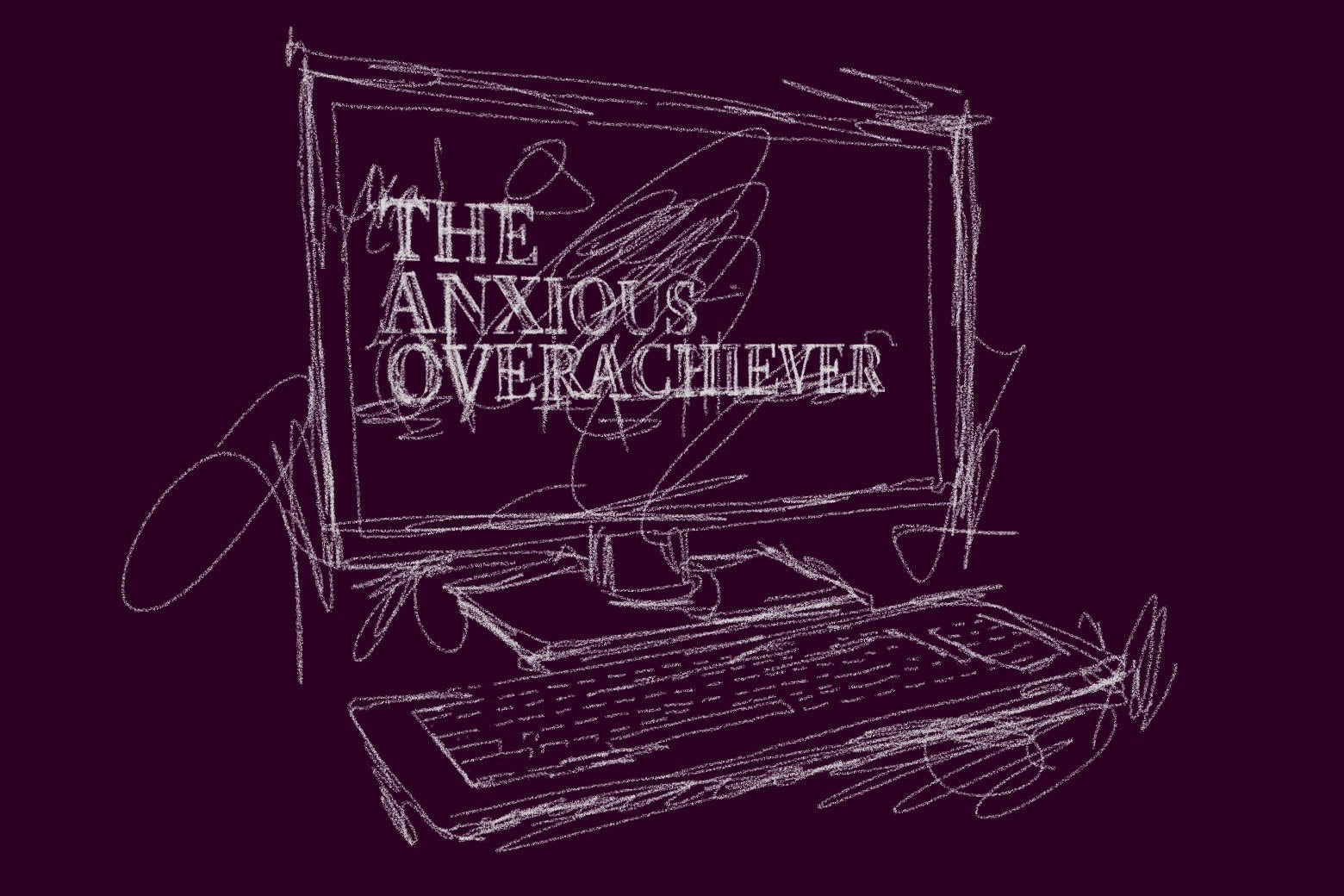Over the past few months, I’ve been getting an email newsletter called the Anxious Overachiever. Written by therapist Kathleen Smith, it includes little lessons and tips on how to be less reliant on approval from others, less controlling, and generally calmer. If the name speaks to you like it did to me, you should sign up—it’s nice to have a nudge that meets you at a place you’re obsessively refreshing anyway.
One entry that I keep thinking back to prompts readers to think about how they get stuck in superficial chatter with people they’d like to develop deeper relationships with (the main example: relying on complaining about other people as a conversation topic). Another encouraged readers to think about how we rely on other people for reassurance (example: keeping score on how often someone texts you). It’s not the earth-shattering-ness of most of the advice that’s useful, but the fact that it is easy to skim, digest, and later reference, offering a quick reminder that, right, this is the healthy way to think about this thing. (Here’s a guide to some of her past entries.) Smith is a charming if often cheesy writer, and an anxious person herself. She once confessed, in a fun piece for Slate on what therapists might learn from perusing their client’s social media feed (with permission!), to being engrossed in an Amanda Bynes Twitter meltdown. In her new book, Everything Isn’t Terrible (which the newsletter has recently been focused on promoting), she writes that she is making progress in her own life at “a glacial pace,” in particular on mitigating her desire to corral everyone around her into behaving a certain way. “My anxiety turns me into a friendly but annoying sheepdog,” she writes. First-person speckles her writing in a way that makes it pleasantly chatty, like you’re hanging out with a friend who cares about your problems too.
As a therapist and self-help author, Smith uses a framework known as Bowen theory, which is all about examining our relationships with others. The idea is that anxiety is exacerbated by our social networks, how we absorb worry and judgment from our peers, how we rely on our parents and friends for approval. Learning to be independent and stable regardless of how other people are behaving stands to solve a lot of mood issues—certainly more of mine than I thought—but not all of them. The book includes just a slim chapter on politics, addressing them only insofar as they come up at family gatherings—a problem, yes, but hardly the largest political issue causing many of us to crave Xanax. Where Smith’s advice is most obviously applicable is on issues that really do involve other people at their core, like dating. This was another area that had surprisingly actionable advice for me: Smith points out that “constantly asking friends for reassurance” can lower anxiety in the moment, but also can make it harder to cope in the long run. One newsletter entry was similarly somewhat surprising for me: a list of ways to stop overfunctioning for those around you (for example, stop “giving advice to a distressed friend who hasn’t asked for any,” and stop “talking a lot to fill in the gaps and awkward pauses in conversations”). Yes, I knew that those things weren’t good, but seeing them all categorized together, and framed as a response to anxiety, was helpful.
Both the newsletter and book feel of a piece with Lori Gottlieb’s Maybe You Should Talk to Someone, which follows five patients through therapy journeys, including Gottlieb herself. If Gottlieb offers a narrativized window into how therapists think, Smith’s writing is the pop-textbook version, with anecdotes from sessions with patients (or her own life) acting as introductions to various concepts. Both her book chapters and newsletter entries close with questions for readers to answer for themselves. In the entry on overfunctioning, these include “How would I like to be less responsible for others and more responsible for myself?” and “What are upcoming opportunities for me to turn off my autopilot and be uncomfortable?”
While at times reading her work feels like getting a set of cheat codes for life (the way that having an epiphany in therapy can feel), Smith also takes pains to remind her readers that it’s hard to permanently reroute your anxiety, and that all of this will take a lot of practice, trial, and error. Even though I’ve heard a thousand times that it’s futile in the long run to rely on praise from big achievements to feel good about yourself, for example, it is always helpful to hear it again. In the final book chapter, Smith writes, “Can you think of anything less sexy than the idea that change is slow and difficult and requires a lot of contact with your family?” I cannot! But this is also why pairing the lessons of the book with the regularity of a newsletter is so helpful. Repetition and regularity is part of what makes therapy-focused Instagram accounts with mantras and instructions on how to reframe thinking so soothing and popular: It’s constantly popping into your life, reminding you of things that are sometimes obvious but also easy to forget.
Shortly after I returned from a stressful few days with relatives, Smith sent out an edition titled “The Trouble With Fixing Your Family.” “With family, the urge to all be on the same page is so very strong,” Smith wrote, discussing how she handled her frustration with her grandmother’s unwillingness to recycle (by just starting a recycling pile that she took out herself, and letting whatever her grandmother did otherwise go). It wasn’t the exact problem that I had been having, but it resonated. It also just felt nice to hear that someone else was kind of stressed about the holidays.
